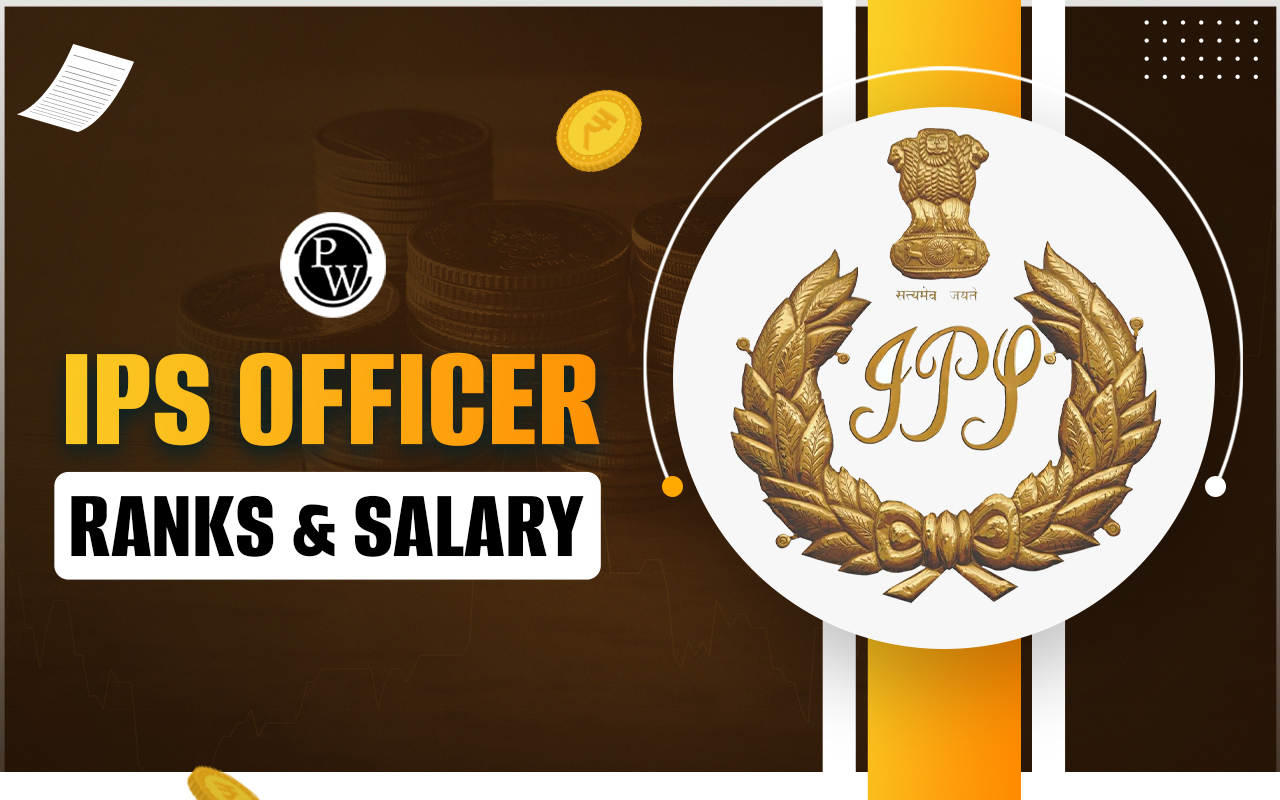
The Mughal Empire was one of the most powerful dynasties in Indian history, ruling from 1526 to 1857. Mughal Empire ruled over almost the entire Indian subcontinent between the middle of the 1500s and the beginning of the 1700s. Established by Babur after the First Battle of Panipat, the empire introduced efficient administration, Persian art, and grand architecture, leaving a lasting impact on India’s culture.
Mughal Dynasty
The Mughal dynasty was one of the most influential ruling powers in Indian history. It was founded by Babur in 1526 after he defeated Ibrahim Lodi in the First Battle of Panipat. The empire expanded significantly under rulers like Babur, Humayun, Akbar, Jahangir, Shah Jahan, and Aurangzebeb. They also were greater Emperors of the Mughals who transformed the face of India with different policies and rules.
However, after Aurangzeb died in 1707, the empire weakened due to succession struggles, regional revolts, and foreign invasions. The Later Mughals were unable to maintain control, leading to British dominance by 1857.
Also Read: Important Battles in Medieval Indian History
List of Mughal Emperors (1526 to 1857)
The Mughal Empire lasted from 1526 to 1857. Below is a list of emperors of the Mughal Empire in chronological order:
|
Emperor |
Reign |
Death |
Known For |
|
Babur |
1526-1530 |
1530, Agra |
Founder of the Mughal Empire, known for his military skills and the use of gunpowder. |
|
Humayun |
1530-1540, 1555-1556 |
1556, Delhi |
Lost and regained the throne. |
|
Akbar |
1556-1605 |
1605, Agra |
Expanded the empire, introduced religious tolerance, and strengthened the administrative system. |
|
Jahangir |
1605-1627 |
1627, Bhimber |
Encouraged Persian art and culture, established diplomatic ties with the British |
|
Shah Jahan |
1628-1658 |
1666, Agra |
Patron of Mughal architecture; built the Taj Mahal, Red Fort, and Jama Masjid. |
|
Aurangzeb |
1658-1707 |
1707, Ahmednagar |
The last major Mughal emperor, expanded the empire to its greatest size. Faced strong resistance from Marathas, Rajputs, and Sikhs. |
|
Bahadur Shah I |
1707-1712 |
1712, Lahore |
Known for his weak rule, he was defeated by his brother Farrukhsiyar. |
|
Jahandar Shah |
1712-1713 |
1713, Delhi |
Weak ruler, assassinated by the Sayyid Brothers. |
|
Farrukh Siyar |
1713-1719 |
1719, Delhi |
Brief reign of 4 months before being overthrown. |
|
Rafi ud-Darajat |
1719 |
1719, Agra |
Also a short reign, marked by turbulence. |
|
Shah Jahan II |
1719 |
1719, Agra |
A puppet ruler, during the period of political chaos. |
|
Muhammad Shah |
1719-1748 |
1748, Delhi |
Witnessed the invasion of Nadir Shah, who plundered Delhi. |
|
Ahmad Shah Bahadur |
1748-1754 |
1775, Delhi |
Incompetent ruler, the empire fell under noble control. |
|
Alamgir II |
1754-1759 |
1759, India |
Assassinated due to court intrigues. |
|
Shah Jahan III |
1759-1760 |
1772, India |
Nominal ruler with no real power. |
|
Shah Alam II |
1760-1788, 1788-1806 |
1806, Delhi |
Defeated at the Battle of Buxar, ruled under British influence. |
|
Shah Jahan IV |
1788 |
1790, Delhi |
Real name, Bidar Bakht Mahmud Shah Bahadur, was deposed by Ghulam Kadir |
|
Akbar II |
1806-1837 |
1837, Delhi |
Reduced to a ceremonial figurehead. |
|
Bahadur Shah II |
1837-1857 |
1862, Rangoon |
Last Mughal emperor, exiled after the Revolt of 1857. |
Famous Rulers of Mughal Empire
Certain Mughal emperors left a lasting impact on Indian history, politics, and culture. Their achievements shaped the subcontinent for centuries. Here are some famous rulers of the Mughal Empire:
Babur (1526–1530)
Babur was a descendant of Timur and Genghis Khan. He invaded India and defeated Ibrahim Lodi in 1526.
-
Remarkable Contribution: Introduced gunpowder warfare in India, laying the foundation of the Mughal Empire.
-
Legacy: Established a centralized government and Persian cultural influence.
Akbar (1556–1605)
Akbar became emperor at 13 and expanded the empire significantly.
-
Remarkable Contribution: Implemented religious tolerance, military reforms, and an efficient tax system.
-
Legacy: Known as the greatest Mughal emperor, promoted Hindu-Muslim unity through Din-i-Ilahi.
Shah Jahan (1628–1658)
Son of Jahangir, known for his love of architecture.
-
Remarkable Contribution: Built Taj Mahal, Red Fort, and Jama Masjid.
-
Legacy: His reign is considered the golden age of Mughal architecture.
Aurangzeb (1658–1707)
Expanded the empire to its greatest extent but faced resistance.
-
Remarkable Contribution: Strengthened military but imposed strict religious policies.
-
Legacy: His policies led to internal revolts, weakening the empire.
Reason Behind Decline of the Mughal Empire
The Mughal Empire declined due to several internal and external factors:
-
Weak Successors: After Aurangzeb, the empire lacked strong rulers, leading to instability due to policies of later Mughals.
-
Economic Decline: Heavy taxation, corruption, and lack of reforms weakened the economy.
-
Maratha and Sikh Resistance: The rise of Marathas, Rajputs, and Sikhs reduced Mughal control over India.
-
Foreign Invasions: Nadir Shah (1739) and Ahmad Shah Abdali (1750s) plundered Delhi, further weakening the empire.
-
British Expansion: The Battle of Buxar (1764) and British diplomacy reduced the Mughal emperor to a mere figurehead. The Revolt of 1857 marked the final collapse of Mughal rule.
The Mughal Empire played a crucial role in shaping Indian history. From Babur to the Later Mughals, their rule saw great achievements and eventual decline. The empire’s influence on art, architecture, and governance remains significant.
Interested in learning more about Indian history for UPSC preparation? Join PW UPSC Courses and boost your exam preparation!
| Releated Post | ||
| IAS Salary | UPSC Previous Year Question Paper | UPSC Syllabus 2025 |
| UPSC Exam Pattern | UPSC Prelims Previous Year Question Paper | UPSC Prelims Syllabus 2025 |
List of Mughal Emperors FAQs
Who was the first Mughal emperor?
Who was the most powerful Mughal ruler?
When did the Mughal Empire decline?
Which Mughal Emperor built the Taj Mahal?
Who was the last Mughal emperor?










